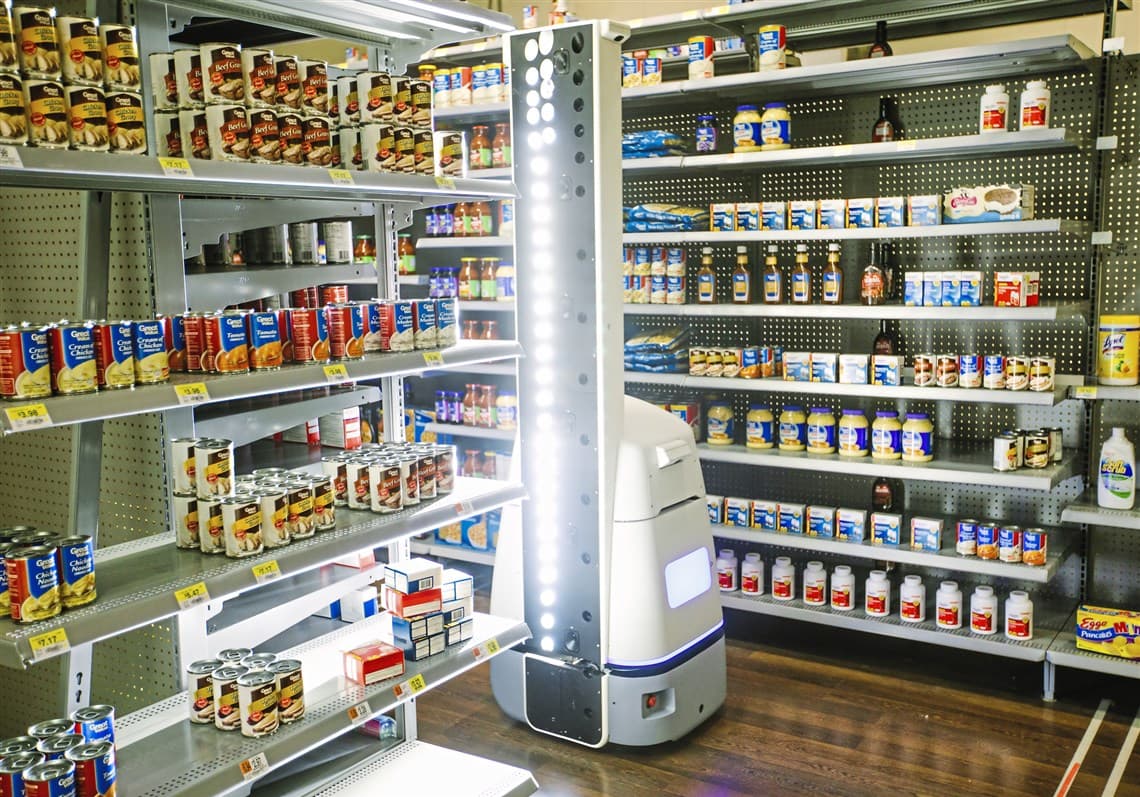Walmart Bots
Many workers are anxious about the integration of robots into the workforce because of the potential job losses for people, particularly in low-skilled sectors. But in 50 Walmart locations around the United States, robots from the San Francisco-based robotics firm Bossa Nova are welcomed with open arms. These robots are taking on some of the most tedious tasks: identifying when items are out of stock, finding incorrect prices and missing or incorrect labels. And, according to Martin Hitch, chief business officer at Bossa Nova, who spoke with MIT Technology Review, employees love the bots and surprisingly customers don't seem to care.
Hitch explained that one of the ways that seemed to help the robots "fit in" and be quickly accepted by the staff was that they gave them a name. All of the robots wear employee name badges just like any other member of staff, and it seems to make them easier to work alongside.
Hitch also explained that, while some customers were curious about the bots and asked questions, the majority completely ignored them. He said that this was a surprising response as the managers expected a reaction, whether it be negative or positive. But as it turns out people saw the robots as little more than any other piece of furniture in the store.
Robot Teamwork
So, what is it really like to work and shop alongside a robot? First, a robot is programmed so it will never startle you, beeping as it moves around the store. And along with sound, the bots also use light to communicate that the humans nearby are too close.
But how often are machines used for less inoffensive tasks such as increased surveillance of the workforce? As robots make their way into the workplace, privacy is becoming an increasing concern. The new wristband introduced by Amazon to monitor the activity of its warehouse workers is a case in point.
The wristband tracks hand movements and vibrates to point the worker in the right direction. Could friendly robotic coworkers one day be equipped with similar surveillance capabilities? Could employers decide to kill two birds with one stone and enhance employees' surveillance while saving on cheap labor? As more corporations experiment with the introduction of robots at work, it's becoming clear that job losses are not the only concern that automation raises.
Share This Article
